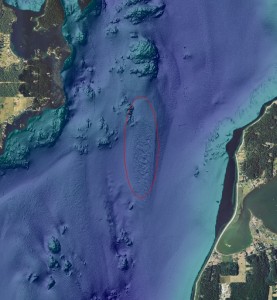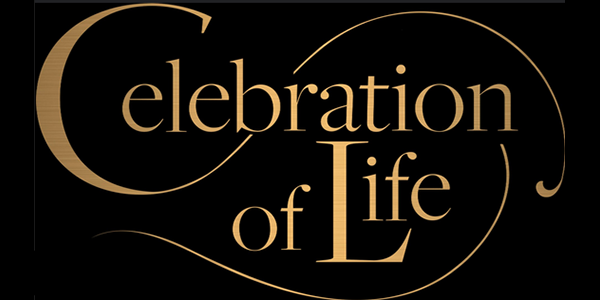by John Aschoff
People used to think of the ocean’s resources as inexhaustible. Today we know better.
Despite that knowledge, a growing human population and increasing economic development will continue to place pressure on life in the oceans, and we have to get smarter if that life is to survive. That is why a group of scientists from around the world have been gathering annually to share findings and technology in something called marine geological and biological habitat mapping, a discipline that tries to answer some basic questions: what do our sea floors look like, what kinds of marine life do they sustain, what factors influence that marine life, and how can we use that knowledge to minimize human impact?
This gathering is known as GeoHab, and this year’s GeoHab international conference is being held at the Rosario Resort on Orcas Island from Monday April 30 through Friday May 4.
The conference is expected to host about a hundred scientists and policy makers from five continents. Most of them specialize in geology, biology, and geographic sciences, working on real-world problems of ocean development and the environment.
Dr. Gary Greene is a marine geologist from Santa Cruz and part-time resident of Orcas Island, and has been involved with GeoHab since its first conference in 2001. Dr. Greene has been working over the years in partnership with the Geological Survey of Canada doing habitat mapping of the Salish Sea. “We’ve had a valuable partnership with our friends across the border in this work. And by the way, they have been great co-hosts for this year’s conference. A major theme of this year’s conference is habitat mapping in inland and coastal waters, which is a perfect fit for the work we have been doing locally. ”
Dr. Joe Gaydos, the Director and Chief Scientist for the Seadoc Society on Orcas Island comments that, “It’s exciting to be hosting seafloor and habitat mapping experts from around the world. Some of the mapping work that has been done in the San Juans is very cutting edge and this is a natural opportunity to share that work and look forward to what we need to do next.”
On Monday, a pre-conference workshop will be held focusing on techniques for understanding the environmental impacts of marine renewable energy development, such as tidal energy. On Wednesday, Bill Anders, a local Orcas Island resident and former Apollo astronaut, will deliver the keynote address titled “Earthrise and the Start of the Environmental Movement.” Mr. Anders took the famous photograph known as “Earthrise” in 1968 while orbiting the moon, showing planet earth “rising” over the horizon, a perspective we had never seen before. Likewise, the GeoHab participants, in their own small way, are trying to show our oceans in ways we have not seen before.
More information about the conference agenda and registration can be found at https://geohab.org/orcasisland.html. Local island residents who would like to “drop in” to the conference for a day should email Gary Greene at tombolo@centurytel.net.
This article was submitted by John Aschoff. Mr. Aschoff is a member of the San Juan County Marine Resources Committee, and is excited to be working with the Seadoc Society on developing their habitat mapping studies.
**If you are reading theOrcasonian for free, thank your fellow islanders. If you would like to support theOrcasonian CLICK HERE to set your modestly-priced, voluntary subscription. Otherwise, no worries; we’re happy to share with you.**








